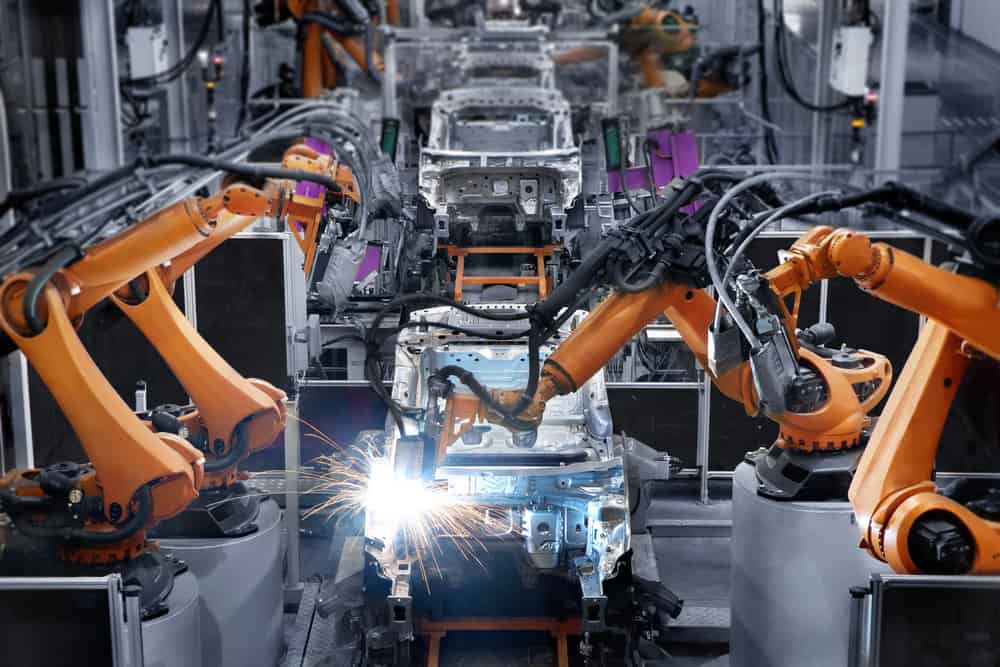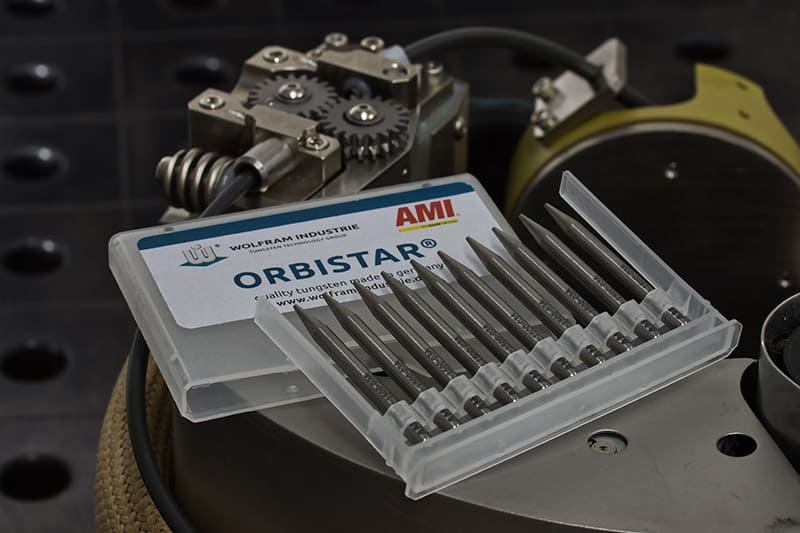
The robot—Unimation 001—was developed by George Devol and Joseph Engelberger in 1962 to perform welding tasks deemed hazardous for manual operators. However, robotic welding did not gain momentum until the 1980s. At that time, manufacturers influenced by General Motors began to realize the potential of automation. The path was followed by many other metal-working and manufacturing industries for improved efficiency and productivity.
Continued developments in technology and automation have enabled more industries to adopt robotic systems and increase their productivity. The welding industry has responded to the “robotic revolution” by leveraging these technologies to build robotic welding systems.
Use of Robotic Welding System in Industries
New technologies have enabled automated and programmable robotic welding systems to handle the workpiece and perform the welding procedure. As companies have transitioned to technology-driven solutions like robotic welding, they have realized an array of benefits for weld quality, efficiency, and safety.
Improved Quality
Programmable robots can perform high-precision welding. Additionally, robotic welding systems ensure that high-precision welding is also highly-consistent welding. Thus, each automated welding process provides consistent weld results. The degree of quality attainable by robotic systems may be difficult to achieve with manual welding.
Greater Productivity
Manufacturers can employ robots on the assembly line to achieve higher productivity. Not only can robots perform complicated welds that produce consistently high-quality results, but they can also work more easily in tight, cramped spaces. And since robots work longer hours than their human counterparts, companies can generate further productivity gains.
Safety
The manual welding process presents several associated health risks, including exposure to toxic fumes and gases, as well as electrical shock. Robotic welding helps reduce risks to human health and safety.
Minimized Waste
The accurately optimized robotic system provides high-quality, consistent welds with far fewer errors than manual welding. Fewer welding errors translate to less wasted materials.
Reduced Cost
Robotic welding facilitates production and labor cost reductions. By integrating robotic welding systems, manufacturers can reduce or eliminate the need for highly skilled technicians and the associated high costs.
The future of welding resides in technological innovations like robotic welding systems. As manufacturers continue to recognize advantages like those described above, more industries will look for ways to incorporate automated and robotic welding into their operations.
The Future of Robotic Welding
Advances in automated and collaborative welding have paved the way for further developments in welding technology. Although welding robots are available on the market, the technology should continue to progress in the coming years with the growing need for efficient arc welding technology. Additionally, smart factories integrated with the Internet of Things (IoT) are further expanding the need for welding technology innovations. Future robotic welding systems dedicated to precision and cost-reduction will likely focus on weld process control, parameter optimization, simulation, and programming. Artificial Intelligence (AI) should also become a more prominent characteristic of technologically advanced welding operations.
Robotic Orbital Welding
Conventional orbital welding is a mechanized process that uses an automated weld head to move the electrode and perform the weld. In robotic orbital welding, robots rotate the arc 360 degrees along the workpiece—such as a pipe or tube. The use of robots for orbital welding enhances consistency, productivity, and product quality. Likewise, robotic welding systems help manufacturers reduce waste, production costs, and human interference. New developments in robotic welding will seek to enhance these advantages in cost savings and increased efficiency. As these new welding technologies are integrated into smart factories, the return on industry investments should continue to accelerate.
Arc Machines, Inc., a welding technology leader, brings decades of experience creating orbital TIG welding schedules for our clients. Solutions like AMI orbital weld heads are compatible with your robotic welding systems. Contact AMI to learn more about training, or contact sales@arcmachines.com to learn more about AMI orbital weld heads and power supplies.





